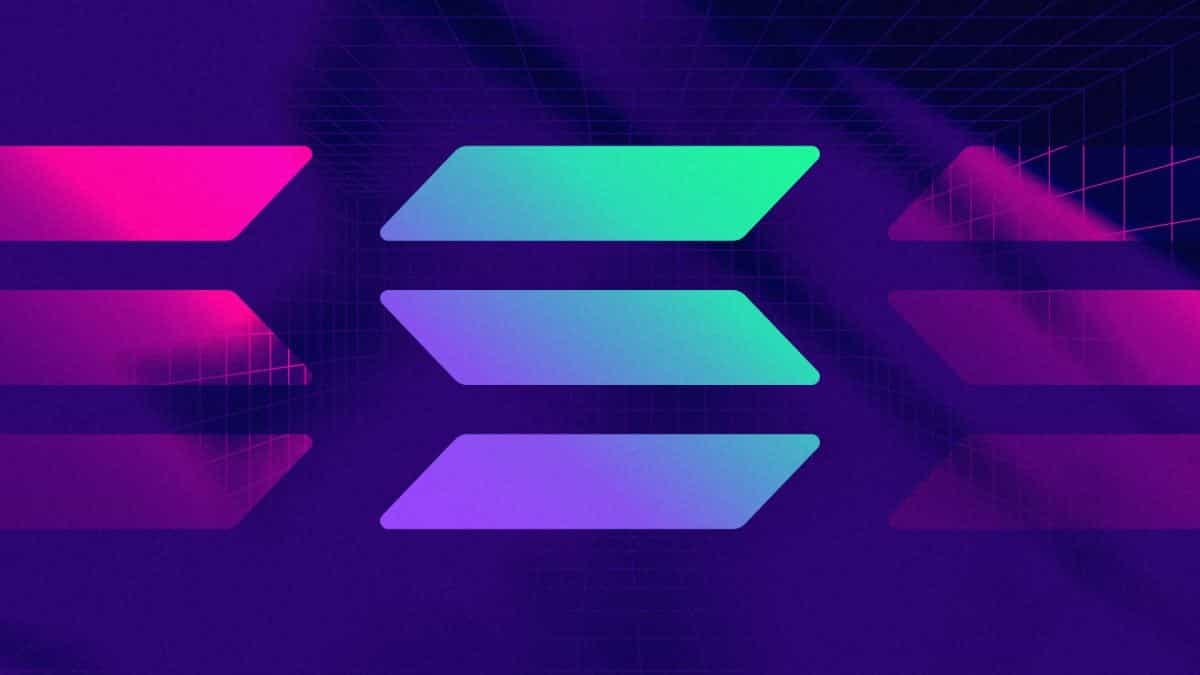
En lien avec la crypto
Calculateur de prix
Historique des prix
Prédiction de prix
Analyse technique
Guide d'achat crypto
Catégorie de crypto
Calculateur de profit

Prix de Victoria VRVR
Que pensez-vous de Victoria VR aujourd'hui ?
Prix de Victoria VR aujourd'hui
Quel est le prix le plus élevé de VR ?
Quel est le prix le plus bas de VR ?
Prédiction de prix de Victoria VR
Quel sera le prix de VR en 2026 ?
Quel sera le prix de VR en 2031 ?
Historique des prix de Victoria VR (EUR)
 Prix le plus bas
Prix le plus bas Prix le plus élevé
Prix le plus élevé 
Données de marché de Victoria VR
Historique de capitalisation Victoria VR
Marché Victoria VR
Avoirs Victoria VR
Matrice de distribution des avoirs Victoria VR
Avoirs Victoria VR par concentration
Adresses Victoria VR par durée de détention

Notes Victoria VR
À propos de Victoria VR (VR)
Qu'est-ce que Victoria VR ?
Victoria VR est le premier MMORPG basé sur la blockchain et la réalité virtuelle avec des graphismes ultra-réalistes reposant sur Unreal Engine. Le projet a été fondé par Ondřej Dobruský et Adam Bém en 2018. Victoria VR est un monde virtuel autonome qui ne dépend pas seulement de ses créateurs, mais qui se développe et évolue grâce à la participation active de sa communauté. C'est un univers où la créativité ne connaît pas de limites, permettant aux utilisateurs de donner vie à leurs rêves les plus fous grâce à des possibilités illimitées de travail, de création, de découverte et de trading.
À la base, Victoria VR est un projet ambitieux destiné à fusionner les aspects récréatifs des mondes virtuels traditionnels avec l'aspect pratique et l'innovation de la technologie blockchain. Il s'agit de créer un écosystème complet où convergent éducation, productivité, économie et divertissement. Ce métavers est conçu comme une plateforme universelle pour toutes les réalités virtuelles, le gaming, les applications décentralisées (DApps), et plus encore, soutenue par le token natif VR facilitant les transactions, la gouvernance, et une pléthore d'autres interactions au sein de cet univers numérique.
Pages liées
Documents officiels : https://www.victoriavr.com/whitepaper
Site web officiel : https://www.victoriavr.com/
Comment fonctionne Victoria VR ?
Victoria VR fonctionne comme un MMORPG basé sur la blockchain où les utilisateurs peuvent s'immerger dans un univers aux graphismes réalistes, fruit de la puissance d'Unreal Engine. Cette plateforme est un métavers très complet qui comprend des éléments de finance décentralisée (DeFi), des tokens non fongibles (NFT) et une économie numérique. Les utilisateurs peuvent s'engager dans le staking, la gouvernance et le modèle "play-to-earn", les contributions et participations actives à l'écosystème étant ainsi récompensées. Le projet permet d'acheter des terrains, des bâtiments, des ressources et divers objets numériques, tous représentés par des NFT pouvant être détenus, achetés et vendus, ce qui ajoute une couche de propriété et d'investissement dans le monde virtuel.
L'écosystème de Victoria VR est conçu pour être inclusif et expansif, offrant des quêtes, le minage de ressources, la personnalisation d'avatars et une place de marché pour le trading de NFT et d'actifs virtuels. Cet écosystème prend en charge un large éventail d'activités, du gaming à l'exploration, en passant par les réunions d'affaires, l'éducation et les événements de divertissement, ce qui en fait une plateforme polyvalente pour une base d'utilisateurs très variée. Le projet privilégie la gouvernance par les utilisateurs, en permettant aux détenteurs de tokens VR et aux propriétaires fonciers de voter les décisions clés et de proposer des améliorations, afin de garantir que le métavers évolue dans une direction qui soit bénéfique à la communauté.
Qu'est-ce que le token VR ?
VR est le token natif de l'écosystème Victoria VR. Il permet d'acheter et de vendre des terrains, des objets et des ressources virtuels, ainsi que d'accéder à divers services et expériences au sein de la plateforme. La tokenomique de VR est conçue pour soutenir une économie autonome, avec une allocation claire pour le développement, les récompenses et les réserves stratégiques. Les utilisateurs peuvent gagner des tokens VR en participant à des quêtes, en stakant et en contribuant à l'écosystème, ce qui permet un alignement des incitations entre la plateforme et ses utilisateurs. VR dispose d'une offre totale de 16,8 milliard de tokens.
Qu'est-ce qui détermine le prix de Victoria VR ?
Le prix du token Victoria VR (VR) est influencé par une combinaison complexe de facteurs qui reprennent la dynamique plus large du marché des cryptomonnaies, notamment l'offre et la demande, le sentiment de marché, les avancées technologiques au sein de l'écosystème Victoria VR et les tendances générales des secteurs de la blockchain et de la réalité virtuelle. Alors que les investisseurs et les enthousiastes suivent de près les prévisions de prix du VR en 2024, les graphiques historiques du token offrent des indications précieuses sur ses performances et son potentiel en tant qu'investissement. Le taux d'adoption de la plateforme Victoria VR, les partenariats et l'utilité du token VR dans son métavers augmentent encore sa valeur. Comme tout investissement crypto, les rendements potentiels du RV dépendent de la volatilité du marché, de l'évolution des régulations et de la réussite du projet à créer un univers virtuel durable et attrayant. Il est donc essentiel pour les investisseurs de mener des recherches approfondies et d'envisager les perspectives à long terme de Victoria VR dans le paysage de la blockchain.
Si vous cherchez à investir ou à trader Victoria VR, la question suivante se pose : où acheter VR ? Vous pouvez acheter des VR sur les principales plateformes d'échange telles que Bitget, qui offre sécurité et praticité aux amateurs de cryptomonnaies.
VR en devise locale
- 1
- 2
- 3
- 4
- 5
Comment acheter Victoria VR(VR)

Créez votre compte Bitget gratuitement

Vérifiez votre compte

Convertir Victoria VR en VR
Rejoignez le copy trading de VR en suivant des traders experts.
Actualités Victoria VR

En bref Aethir s'est associé à Xsolla pour lancer un programme de subventions écosystémiques d'un million de dollars conçu pour soutenir les développeurs de jeux vidéo ayant besoin de services de calcul GPU et de canaux de distribution de jeux en cloud.


Mawari Network a levé 10,8 millions de dollars en financement stratégique auprès de Borderless Capital, 1kx et d'autres. Le projet Solana DePIN construit un réseau visant à étendre l'informatique spatiale.
Nouveaux listings sur Bitget
Acheter plus
FAQ
Quel est le prix actuel de Victoria VR ?
Quel est le volume de trading sur 24 heures de Victoria VR ?
Quel est le record historique de Victoria VR ?
Puis-je acheter Victoria VR sur Bitget ?
Puis-je gagner des revenus réguliers en investissant dans Victoria VR ?
Où puis-je acheter des Victoria VR au meilleur prix ?
Où puis-je acheter Victoria VR (VR) ?
Section vidéo – vérifier son identité rapidement

Bitget Insights




Actifs liés





































Données sociales de Victoria VR
Au cours des dernières 24 heures, le score de sentiment sur les réseaux sociaux de Victoria VR est de 3, et le sentiment sur les réseaux sociaux concernant la tendance du prix de Victoria VR est Haussier. Le score global de Victoria VR sur les réseaux sociaux est de 0, ce qui le classe au 602ème rang parmi toutes les cryptomonnaies.
Selon LunarCrush, au cours des dernières 24 heures, les cryptomonnaies ont été mentionnées sur les réseaux sociaux un total de 1,058,120 fois. Victoria VR a été mentionné avec un taux de fréquence de 0%, se classant au 454ème rang parmi toutes les cryptomonnaies.
Au cours des dernières 24 heures, 42 utilisateurs uniques ont discuté de Victoria VR, avec un total de 22 mentions de Victoria VR. Toutefois, par rapport à la période de 24 heures précédente, le nombre d'utilisateurs uniques a diminué de 19%, et le nombre total de mentions a augmenté de 29%.
Sur X, il y a eu un total de 0 posts mentionnant Victoria VR au cours des dernières 24 heures. Parmi eux, 0% sont haussiers sur Victoria VR, 0% sont baissiers sur Victoria VR, et 100% sont neutres sur Victoria VR.
Sur Reddit, il y a eu 1 posts mentionnant au cours des dernières 24 heures. Par rapport à la période de 24 heures précédente, le nombre de mentions diminué a augmenté de 0%.
Aperçu social
3